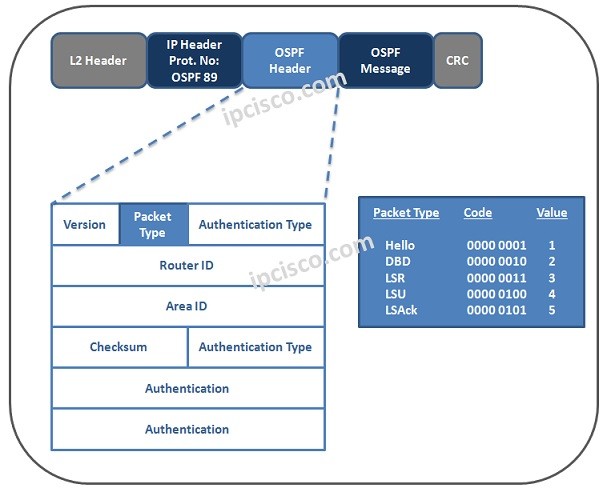Table of Contents
OSPF Adjacency States
Routers establish OSPF adjacency to use OSPF. From the beginning of the establishment to the full adjacency, there are some states. These states are mentioned below:

• Down
• Init : Hello packet received without Router ID.
• 2-Way : Bi-directional communication is established by Hellos. DR and BDR election occurs.
• Exstart : Preparing to the Link-state exchange. Fort his Exchange, Master and Slave sides are selected
• Exchange : Exchange of DD packets, which contain the description of Topology Databases. Topology Database comparison with neighbours.
• Loading : Topology Database sharing with neighbours.
• Full : Full syncronization is established. The Topology Databases are identical.
Basically, the states of OSPF neighbour adcajency are like above. During these states, there is an important process called “DR and BDR Selection“. Let’s talk about, how is these selection is done.
OSPF DR and BDR Selection
DR(Designated Router) and BDR(Backup Designated Router) are the two routers in the Multi-Access OSPF network, that works as Master and Backup. Here, the Multi-Access word is important. Because there is no DR and BDR selection in point-to-point networks.The other remainning routers in OSPF network are called as Non-DR.
Other Main OSPF Articles…
Routing with OSPF – Part 1
Routing with OSPF – Part 2 (OSPF Adjacency)
Routing with OSPF – Part 3 (OSPF Packet Types)
Routing with OSPF – Part 4 (OSPF LSA Types)
Routing with OSPF – Part 5 (OSPF Area Types)
Routing with OSPF – Part 6 (OSPF Network Types)
Routing with OSPF – Part 7 (OSPF OSPF Router ID, Virtual Links, Authentication, Timers)














Leave a Reply